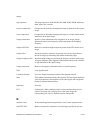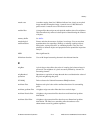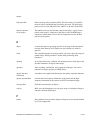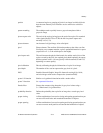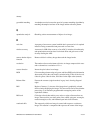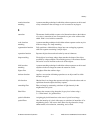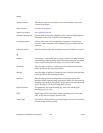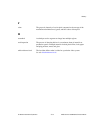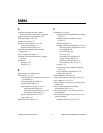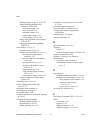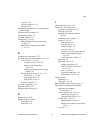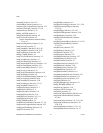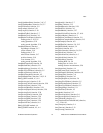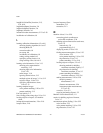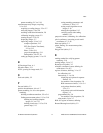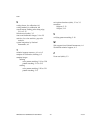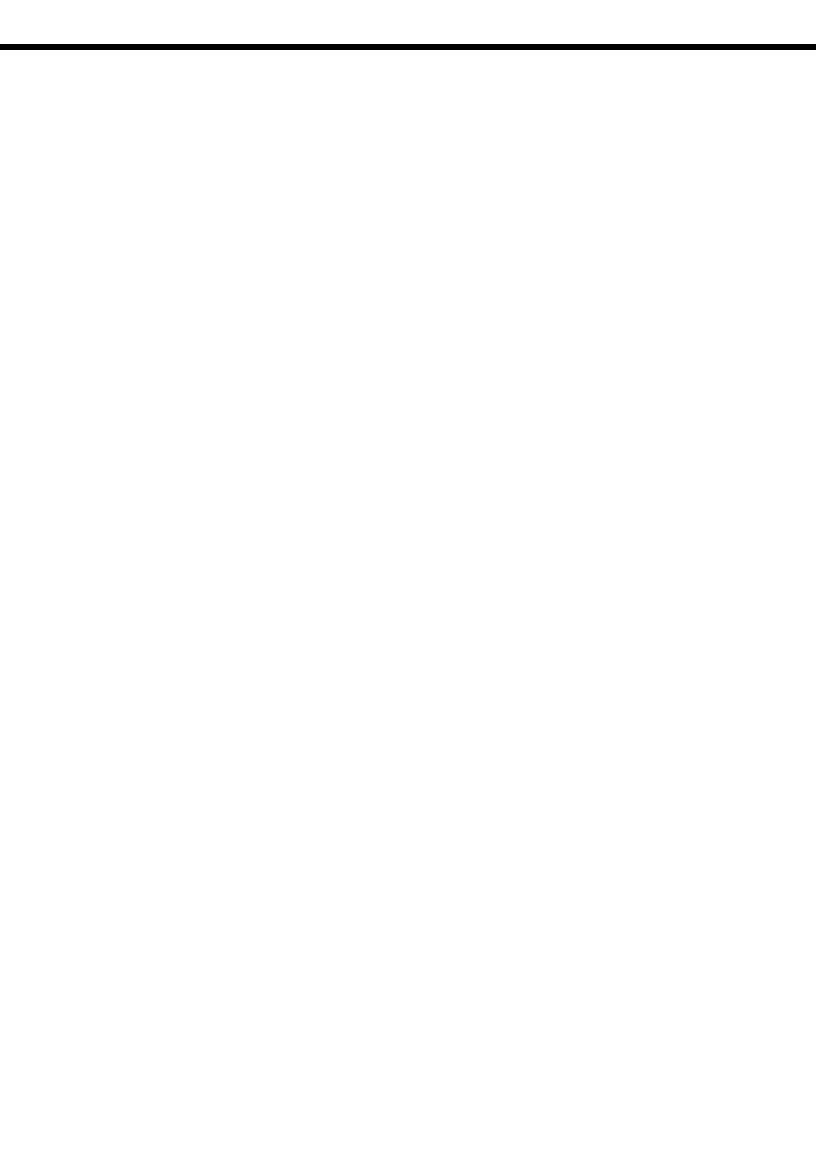
© National Instruments Corporation I-1 IMAQ Vision for LabWindows/CVI User Manual
Index
A
acquiring measurement-ready images.
See measurement-ready images, acquiring.
analytic geometry measurements, 5-27
analyzingimages,2-8to2-9
Annulus tool (table), 3-2
application development, 1-5 to 1-6
general steps (figure), 1-5
inspection steps (figure), 1-6
application development environments
supported, 1-2
array, converting to image, 2-7
attaching calibration information to images,
2-8, 6-10
attenuation
highpass, 2-12
lowpass, 2-12
B
binary images. See blob analysis.
blob analysis, 4-1 to 4-7
converting pixel coordinates to real-world
coordinates, 4-7
correcting image distortion, 4-2
creating binary image, 4-2
improving binary image, 4-3 to 4-4
improving blob shapes, 4-4
removing unwanted blobs, 4-3 to 4-4
separating touching blobs, 4-4
particle measurements, 4-4 to 4-7
steps (figure), 4-1
Broken Line tool (table), 3-2
C
calibration, 6-1 to 6-10
attaching calibration information to images,
2-8, 6-10
defining reference coordinate system,
6-2to6-5
defining template, 6-2
learning calibration information, 6-5 to 6-8
choosing learning algorithm, 6-6 to 6-7
choosing ROI, 6-6
correction table, 6-8
error map, 6-8
invalidation of calibration, 6-8
setting scaling method, 6-8
specifying scaling factors, 6-6
using learning score, 6-7 to 6-8
overview, 2-2
for perspective and nonlinear distortion,
6-1to6-8
saving calibration information, 6-10
simple calibration, 6-9
CalibrationPoints structure, 6-5
circles, finding points along edge, 5-9 to 5-11
color comparison, 3-8 to 3-9
color information, learning. See learning color
information.
color location algorithms for finding
measurement points, 5-25
color measurements. See grayscale and color
measurements.
color pattern matching, 5-18 to 5-25. See also
pattern matching.
defining search area, 5-21 to 5-22



